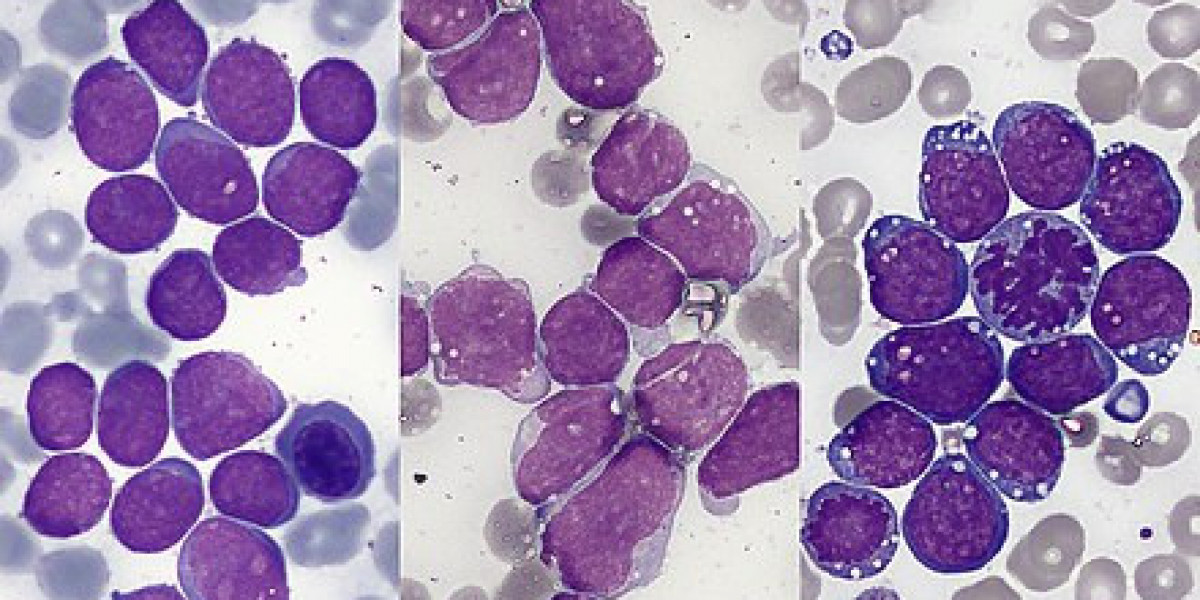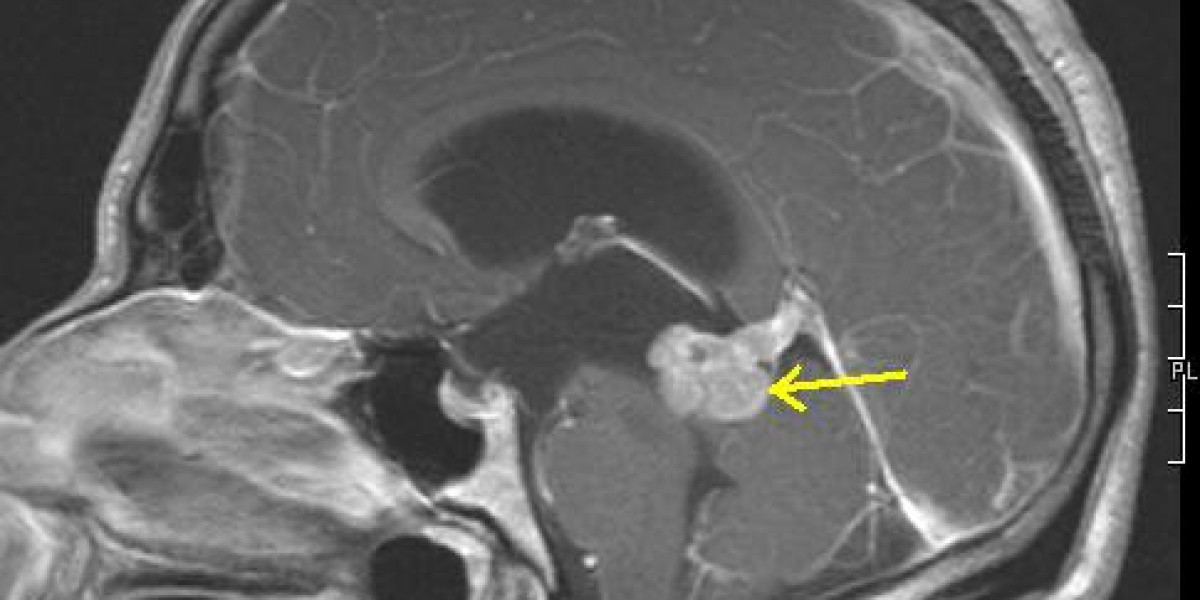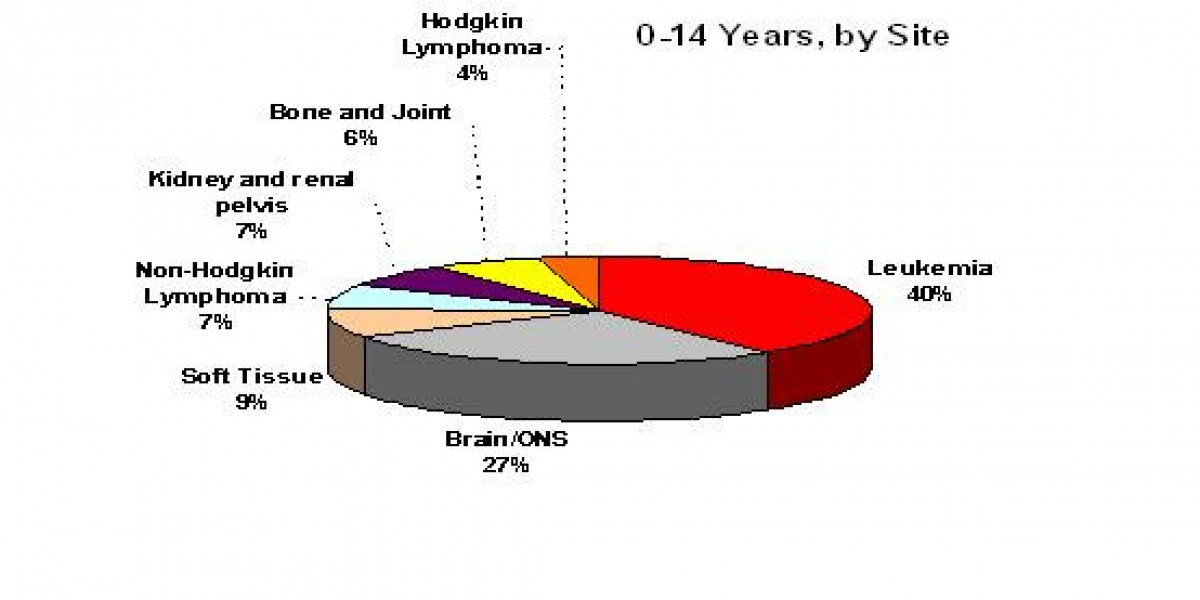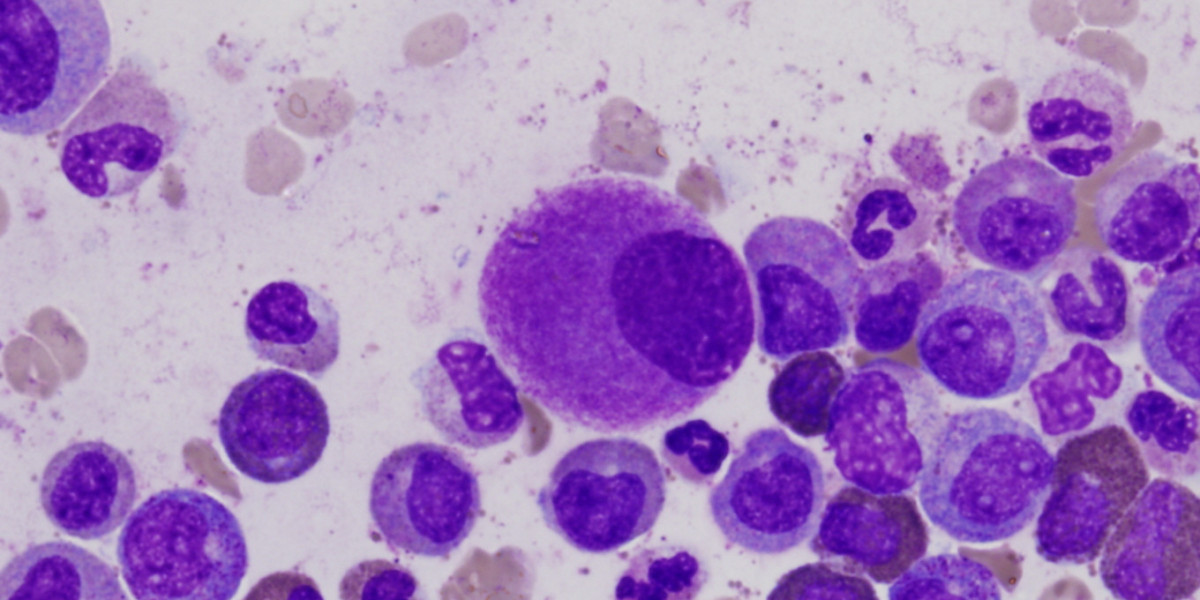Understanding Acute Lymphocytic Leukemia (ALL): A Comprehensive Guide
Acute Lymphocytic Leukemia (ALL), also known as Acute Lymphoblastic Leukemia, is a type of cancer that affects the blood and bone marrow. This fast-growing cancer occurs when the bone marrow produces an excessive number of immature lymphocytes, a type of white blood cell. These abnormal lymphocytes crowd out healthy blood cells, leading to a decrease in red blood cells, white blood cells, and platelets.
Types of Acute Lymphocytic Leukemia
1. B-cell (B-ALL): This is the most common type, accounting for about 85% of cases. It involves immature B lymphocytes.
2. T-cell (T-ALL): This type involves immature T lymphocytes and is less common, accounting for about 15% of cases.
Symptoms of ALL
Common symptoms of ALL include:
- Fever
- Fatigue
- Easy bruising or bleeding
- Petechiae (small, flat, red spots under the skin caused by bleeding)
- Shortness of breath
- Weakness
- Weight loss
- Bone or joint pain
- Swollen lymph nodes
- Enlarged liver or spleen
Diagnosis
Diagnosing ALL involves several tests:
- **Blood tests**: To check the number and types of blood cells.
- **Bone marrow biopsy**: A procedure to remove a small sample of bone marrow for testing.
- **Immunophenotyping**: To determine the type of leukemia cells.
- **Cytogenetic analysis**: To look for specific chromosome changes in the leukemia cells.
- **Molecular testing**: To identify specific gene mutations.
Treatment Options
Treatment for ALL typically involves several phases:
- **Induction therapy**: The initial phase aimed at achieving remission by killing most of the leukemia cells.
- **Consolidation/intensification therapy**: To kill any remaining leukemia cells.
- **Maintenance therapy**: Long-term treatment to prevent the leukemia from coming back.
- **Central nervous system (CNS) prophylaxis**: To prevent the spread of leukemia to the brain and spinal cord.
Treatments may include:
- **Chemotherapy**: Administered orally or intravenously.
- **Targeted therapy**: Uses drugs that target specific abnormalities in the leukemia cells.
- **Immunotherapy**: Such as monoclonal antibodies.
- **Radiation therapy**: Sometimes used to treat leukemia that has spread to the brain or spinal cord.
- **Stem cell transplant**: A procedure to replace the diseased bone marrow with healthy stem cells.
Prognosis
The prognosis for ALL has improved significantly due to advances in treatment. Factors that influence the prognosis include age, white blood cell count at diagnosis, the subtype of ALL, and response to treatment. Children generally have a better prognosis than adults.
Prevention
There are no known preventive measures for ALL, but early detection and treatment can significantly improve outcomes.
Acute Lymphocytic Leukemia is a serious condition that requires immediate medical attention and multidisciplinary care. Treatment plans are tailored to the individual patient and are continuously evolving with new research and advancements in medical science.







